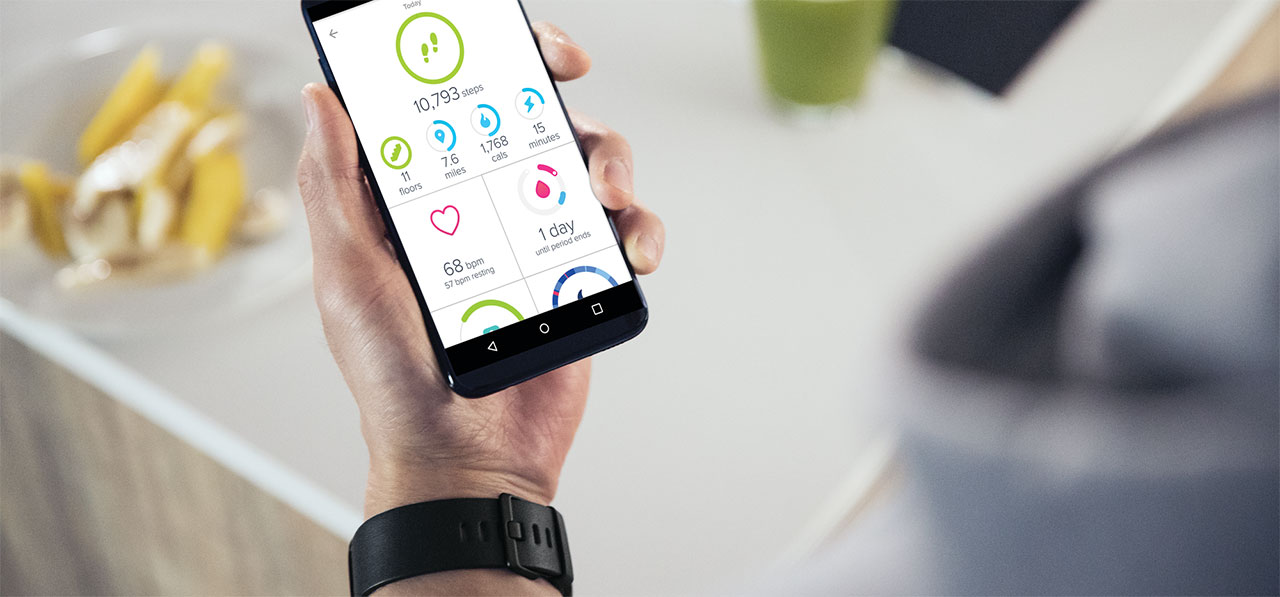Hospitals Prep for a Modern Digital Makeover
While in-patient care delivery at a hospital can vary widely from a big-city hospital to a small rural one, the daily functions of hospitals haven’t changed significantly—until now. Hospitals everywhere are looking for innovative ways to improve patient care and simultaneously reduce the exorbitant price of hospitalization. The average cost of a 3-day hospital stay in the U.S. has escalated to $30,000.
Fortunately, new downsized care models along with digital technologies are coming to the rescue to provide hospitals with long-term solutions to minimize costs and potentially improve patient outcomes. Smart solutions are emerging that can create calmer in-room environments, which can help physicians perform complex surgery and automate deliveries, including pharmaceuticals and meals.
Here’s a quick look at changes that may be coming to a hospital near you.
Improved in-patient experience. For patients, the in-hospital experience is shifting from having a bleak room full of beeping equipment to a space that is conducive to rest and healing. Advanced automation and cognitive systems can now create an improved patient experience. Hospitals are using patient-centric design concepts, including noiseless alarms on medical devices, soothing soundscapes, and acoustic engineering that minimizes ambient noise levels. Doing so creates a quieter, less stressful environment for patients, which may aid in preventing patient falls and possibly reduce hospital-acquired infections and certain medical errors.
The patient rooms may include voice-activated services as well as digital video walls that the patient or family can populate with their own photos or use for video calling. The screens could be used for telemedicine between large and small hospitals, allowing local practitioners to consult remotely via video with experts in large medical institutions. For example, network provider HCA Healthcare reports in The Wall Street Journal that its physicians can remotely evaluate stroke patients within 15 minutes of a request to help local doctors determine whether to administer clot-busting drugs or transfer a patient to a higher level of care.
Even hospital bathrooms and beds are getting spruced up. Future rooms may include integrated smart Internet of Things (IoT) sensors that can monitor patient movement and trigger a call for nurse assistance.
The robo-doctor is in. A variety of robotic tools have joined the hospital crew, taking on responsibilities and tasks that range from performing surgery to delivering pharmaceuticals to nurse stations. Many are already on duty. A 26-member robotic fleet at South Glasgow University Hospital transports linens, meals, and specimens, in addition to collecting diagnostic results—tasks otherwise performed by clinical staff. UCSF Medical Center in San Francisco uses 25 Aethon Tug robots to move blood samples, food, medications, and biohazards around campus.
More advanced robots are showing up in surgery centers, helping with urological, gynecological, cardiothoracic, general surgical, and neurosurgical procedures. According to the Mayo Clinic, robotic tools help surgeons enhance their precision, flexibility, and control. Robots equipped with on-board imaging and 3D tools allow the doctor to better see the site. Robotic surgery benefits for the patient can include fewer complications, less pain and blood loss, quicker recovery, and smaller scars.
Downsizing to micro-hospitals. While some hospitals are adding automation to save costs, others are shrinking. As more US hospitals are lined up for closure and the occupancy rate lingers at 65 percent, health providers are shifting to outpatient options and moving hospital care to smaller facilities.
Commonly dubbed a micro-hospital or “healthplex,” the scope of care at these health facilities might include emergency, pharmacy, labs, imaging, women’s services, and low-acuity surgery. They typically have 10-15 beds for short-stay recovery and provide health services for 25-50 patients per day.
Health provider Emerus Holdings reports that 92 percent of patients who come to its micro-hospital are treated and sent home in approximately 90 minutes, while only 8 percent stay overnight for care that requires more complex treatment or IVs.



